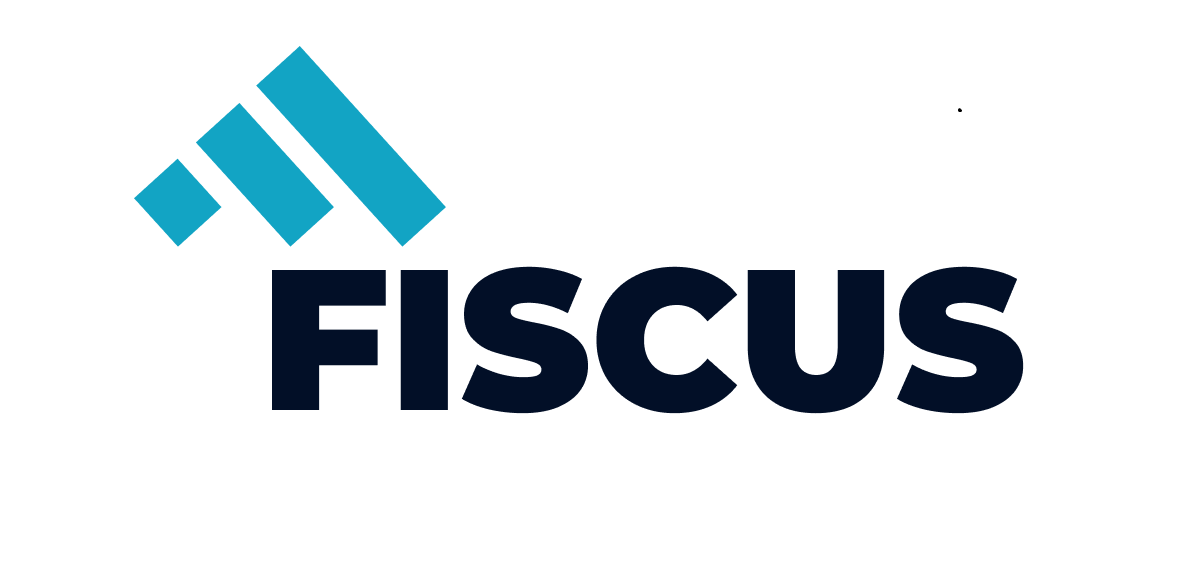Accountants are too often bogged down by nonvalue-add activities that are ripe for process improvement. The choice in the past has been to sacrifice accuracy (more estimates and accruals) in the pursuit of faster reporting.
It can be daunting to know where to begin your organization’s digital transformation. There are many different technology solutions available, but the first step is to have a vision and a clear road map. Plan well because according to Gartner, “only 39% of finance leaders said that their previous transformation efforts delivered the expected benefits to finance.” In order to realize the benefits of change, you first have to define your vision of success.
KEY AREAS TO BEGIN
Start by developing baseline measurements to understand your current state and identify key areas for improvement that will deliver the greatest impact. Understanding the frequency and the root cause of inefficiencies will lead to the greatest breakthroughs. Complete the exercise by establishing target measurements, for example, reducing month-end close from 10 days to five or increasing the department’s first pass yield by reducing the number of correcting entries due to errors. Once you’ve identified key areas for improvement, the effort shifts to identifying and evaluating potential solutions. The following potential solutions are available today and can add value in different processes.
RPA/RDA/IA. Robotic process automation (RPA) and robotic desktop automation (RDA) perform similar functions, with RPA running without human interaction and RDA running with human interaction. These tools are ideal for automating repetitive tasks and freeing up employee time that could be better spent researching changes to Generally Accepted Accounting Principles, providing insight into the data, and participating in more strategic conversations.
Accountants can leverage RPA to lookup data from one place, such as a bank or investment statement, and reenter it into another place, such as an enterprise resource planning (ERP) system. It’s also important to look further upstream to areas such as accounts payable and accounts receivable, as inefficient processes in these areas can delay the flow of information within an organization and lengthen processing cycles such as closing the books. In accounts payable, RPA can use optical character recognition technology to input invoices as well as make decisions for routing and escalation to a human. Understanding the time spent on simply moving data around as well as the impact of keying errors will help you identify the potential return on investment of these solutions.
Intelligent automation (IA) is a more advanced version of RPA. It has the ability to mimic more than just the actions a human would take. It can mimic how humans think, such as recognizing implied meanings in communications from customers, vendors, or other employees. IA also uses historical data to adapt over time where RPA is more rules-based.
Close process management. Close process management software brings project management to the close process. Within a close process, there’s a checklist of tasks that must be completed by certain deadlines. Each task has an owner with some tasks being performed at varying frequencies and often within a certain order, as some tasks are dependent upon others. These tools can manage the task lists, send notifications, and provide reporting to track progress. No longer will accountants need to spend time maintaining manual checklists in order to track the progress of the close or lose valuable time unaware that a preceding task has been completed. This software brings visibility, standardization, and workflow to the process, streamlining it and allowing time to be better spent on more value-add activities.
Account reconciliation software. Account reconciliation software can be used to automate and streamline the reconciliation process. The Ventana Research study found that “69% of companies that automate reconciliations close their monthly books within six business days.”
Reconciliations often begin with accountants inputting data from multiple sources (general ledger, inventory reports, bank statements, etc.) and then comparing the information in order to identify variances. This software can perform the same process, leaving accountants to concentrate on resolving identified exceptions.
Technology brings consistency to the process, reducing errors, alerting accountants to unusual variances or activities, and saving valuable time. Roles and responsibilities are clearly defined, and workflow pushes the reconciliations through the review and approval process. From an audit perspective, the software maintains it all, including the history, documentation, comments, and sign-offs. Built-in reporting capabilities bring visibility to the entire process, providing real-time insight for management.
AI and machine learning. While system controls can help prevent errors, they can still be cumbersome to set up and maintain. AI and machine learning (ML) take this concept much further. The 2018 EY Global Financial Accounting and Advisory Services corporate reporting survey found that “72% of finance leaders around the world believed that AI would have a significant impact on the way finance drives data-driven insight.” Software is now beginning to leverage AI and ML to recommend the correct coding of invoices and journal entries based upon historical data. Leveraging AI in accounting can increase accuracy, reducing both errors and the time spent identifying and correcting them. This same technology can be used to “read” complex contracts, extracting key information necessary for revenue recognition or lease accounting.
Journal entry automation. Software options now exist to automate complex manual journal entries. The process begins by retrieving data from various systems and then performing complex calculations based upon defined rule sets. Audit trails and workflow maintain the integrity of the journal and segregate duties among the staff. Existing validations and restrictions within your ERP system are taken into account to validate the entry. Once the journal is created and approved, the software can then post the journal and upload supporting documents to your ERP system.
Accountants bring incredible value to their organizations, delivering keen insights and an understanding of many complex matters. Their ability to further automate processes, enabling more value-add contributions, is of critical importance. Technology is the solution. It isn’t futuristic or conceptual. These solutions exist today. Developing baseline measurements to gain a solid understanding of your current pain points is critical to the development of a digital transformation road map. Having a clear vision and definition of success will enable accountants to identify and select the right technology solutions at the right time to solve the right problems.
“Source: https://sfmagazine.com/post-entry/october-2021-process-improvements-in-accounting/”
2 Comments
Comments are closed.


Nice Blog
Thank you